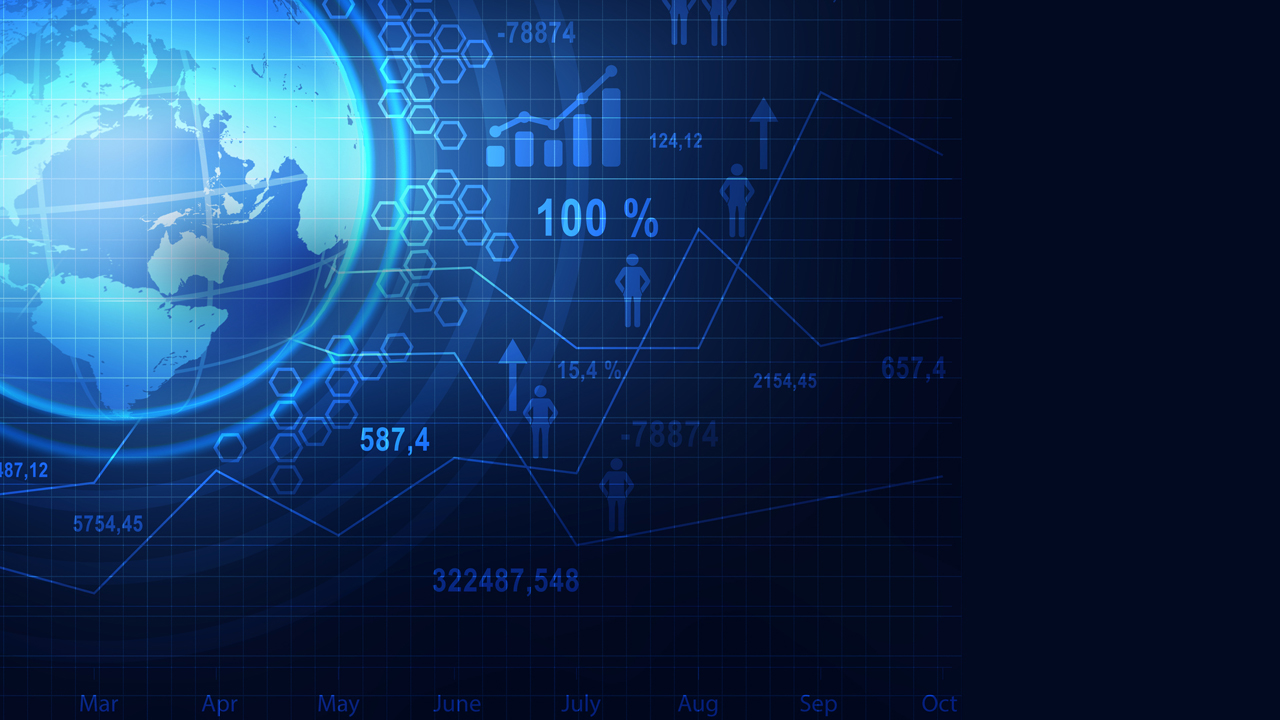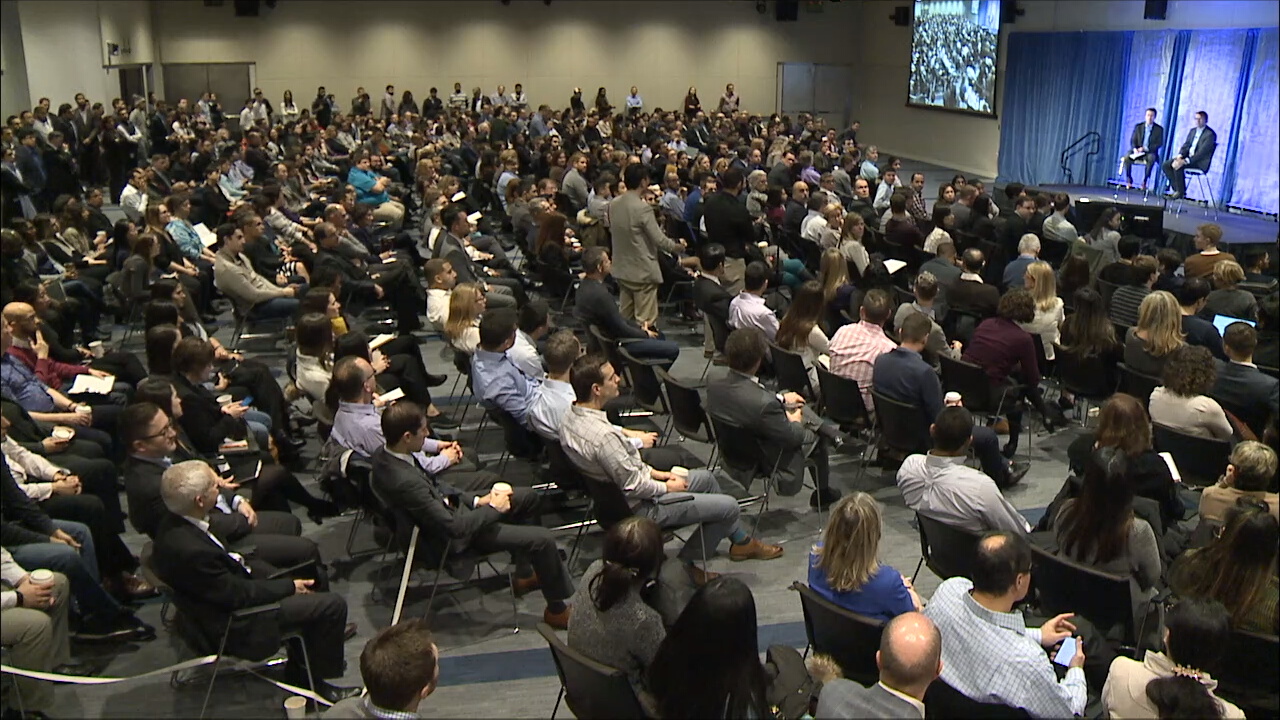
For Cameron Clayton, the mid-December blizzard that dumped snow from Oregon to Newfoundland wasn’t just a storm; it was a swirling mass of ones and zeros.
Ever since IBM purchased his company in 2015 and folded it into the world of IBM Watson, Clayton has become something of a storm-chaser — virtually, at least. And on that day in mid-December, as he watched a record number of weather searches pour in, the CEO of Weather Company realized something more profound was underway.
Clayton’s company not only received millions of requests such as “how much will it snow today?” Using IBM Watson, his teams were able to gather enough data from phones across North America — and a range of monitoring stations — to predict the storm’s path, and then inform companies ranging from airlines to soup makers about the likely consequences.
“We had 42 billion requests of our infrastructure in one day,” Clayton says, comparing the record day to a typical Google day of 7-10 billion searches.
“The scale of it is mind-blowing. It’s so big you really almost can’t comprehend it.”
Welcome to the new world of weather, and as IBM has discovered, the new world of data. Little else drives human traffic on the Internet as much as today’s forecast. So whoever can make the best forecast is going to get the best information about millions of users: where they are, what else they’re searching and, based on sensors in their phone, what the weather’s like around them.
“We connect more sensors than anyone else in the world, but we’re still a secret story,” Clayton told the latest session of #RBCDisruptors, held in Toronto on Feb. 9.
For pretty much every connected business, the Weather Company illustrates a new frontier, where companies can provide content and experiences that are becoming so indispensable to their customers that they will gather a motherlode of data along the way. And with that data, and a lot of artificial intelligence that can make sense of it, those companies can tell their customers what they need to know — even before they need to know it.

Weather Company has a network of 2.2 billion sensors around the world, which update Watson every 15 minutes, and collects data from millions of smartphones, aircraft, buildings and automobiles. Moreover, its mobile app is the fourth most downloaded worldwide, with 350 million daily users. When users agree to use the Weather Company’s services, they agree to share information from the barometric pressure sensors installed in their phones.
But it’s more than a forecasting tool. The artificial intelligence running in the background, through Watson, is able to make sense of that deluge of data in milliseconds.
“We think the more data we can get, the better our decisions and recommendations are going to be,” Clayton says. “But you do need those vast quantities of data to make good decisions.”
Despite its name, only five per cent of Weather Company’s business is weather-related.
It helps airlines schedule and plan flights, manage fuel loads, and monitor their fleets. One result: it’s helped airlines cut turbulence in half over the last 10 years, saving millions of dollars in fuel.
Weather Company has also been able to help banks identify areas where ATMs and branches are needed — or areas where they are too plentiful — by tracking users based on their smart phone habits.
The company works with governments as well, helping guide policy on big decisions such as where to build nuclear power stations and other critical infrastructure. Governments, Clayton says, could even factor in his company’s data into military planning.
Building an evidence-based corporate culture and workforce is easier said than done.
Clayton’s company, which at one point was owned by NBC Universal, was focussed on content: weather forecasts, storm videos and local alerts to satiate the needs of cable viewers. But when the mobile phone revolution hit, he realized the company needed to change radically, too. The convergence of smart phones, cloud computing and sensors turned every consumer into a walking weather station — and in turn created a powerful geo-location service.
Since then, Clayton has turned Weather into a technology company that straddles both business and consumer. It’s developed emergency response systems for local governments, and flu trackers for health networks, all by tracking data flowing from a digital device and a user’s desire for weather reports.
One of his latest successes is Campbell Soup, a company whose fortunes rest heavily on the weather. To his surprise, Clayton discovered that a 10-degree fluctuation in temperature, whether in Manitoba or Miami, will lead to a spike in soup demand. “It’s the difference from normal that drives soup sales,” he says.
With that knowledge, IBM machines have been able to tell retailers what to plan for, and what to advertise. Using Watson, they’re also able to craft recipes and ping them to consumers on their phones, even before a weather event has hit.
“Volatility,” Clayton says, “drives our business.”
- John Stackhouse, Senior Vice President, Office of the CEO, RBC and Peter Henderson
